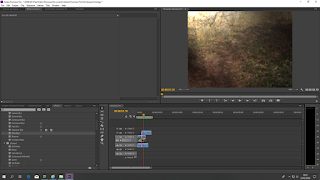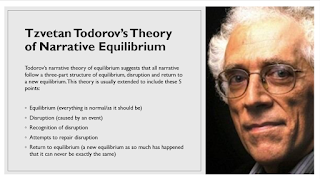What next?
The next step for me in the making of my short film is filming on location (in a woods). This will be done in the next 2 weeks. This will then give me enough time to finalise the cut before the deadline so that I can make any slight changes to increase my grade. I will then export the footage from the SD card onto Premier Pro, which I will use to edit it. I also need to find some copyright free footage and sound effects to layer over the footage. Instead of this, I could remove the audio from the footage and film some non-diegetic sounds to import in. This is a factor that I found is limiting when filming the rehearsal footage due to the weather, since when I filmed it was very windy. This therefore disrupted the audio, making it seem less professional. Filming some non-diegetic and Foley sound will add to the aesthetic of the film, since I want to portray strong feelings of fear felt by the character. Emphasising certain sound effects will help me to do this. I will also have mor...

